It used to be that if you missed a call and wanted to check your voicemail, you’d have to call into an automated phone system, enter your PIN, and listen to your messages in order. Smartphones and visual voicemail (VVM) have revolutionized this process, but it’s not always perfect.
Accessing VVM on your Android phone depends on a number of factors. For example, I use Google Fi as my carrier, and it automatically incorporates VVM into my Pixel 7a’s native phone app. The Google Voice app similarly runs VVM automatically. There are also a number of carrier-branded VVM apps available in the Google Play Store—like Visual Voicemail by MetroPCS, Cricket Visual Voicemail, and Boost Visual Voicemail—while bigger carriers like Verizon will pre-install proprietary VVM apps on all the phones they sell. That is to say, all of these apps work slightly differently, so be prepared to adapt the following advice to your specific app situation.
Why Visual Voicemail Might Stop Working
While not nearly as bad as connecting a printer to your home network, voicemail systems can be finicky. If your VVM stops recording or displaying new messages, it could be due to issues with your carrier, your inbox, your operating system and app software, your data connection, or a host of other potential faults. This guide will provide you with solutions to the most common potential issues.
How to Get Your Visual Voicemail Working Again
Establish the scope of the issue. Call your traditional voicemail service and see if it’s still working. If it isn’t functioning, that means the problem is probably not due to an issue with the VVM app, but rather the carrier itself. If your regular voicemail is still good, try closing and restarting the VVM app and then restarting your phone. You might also try turning the VVM feature off and on again in the settings menu if the app allows it. If none of that works, try uninstalling and then reinstalling the VVM app. While you’re in the Play Store, make sure your phone meets the app’s hardware and software requirements.
Check your connection. If restarting the app and your phone doesn’t lead to a solution, make sure that your data connection is on and active. You can also put the phone in Airplane mode for a minute and then turn it off. This should reset your Android phone’s connection to your cellular provider.
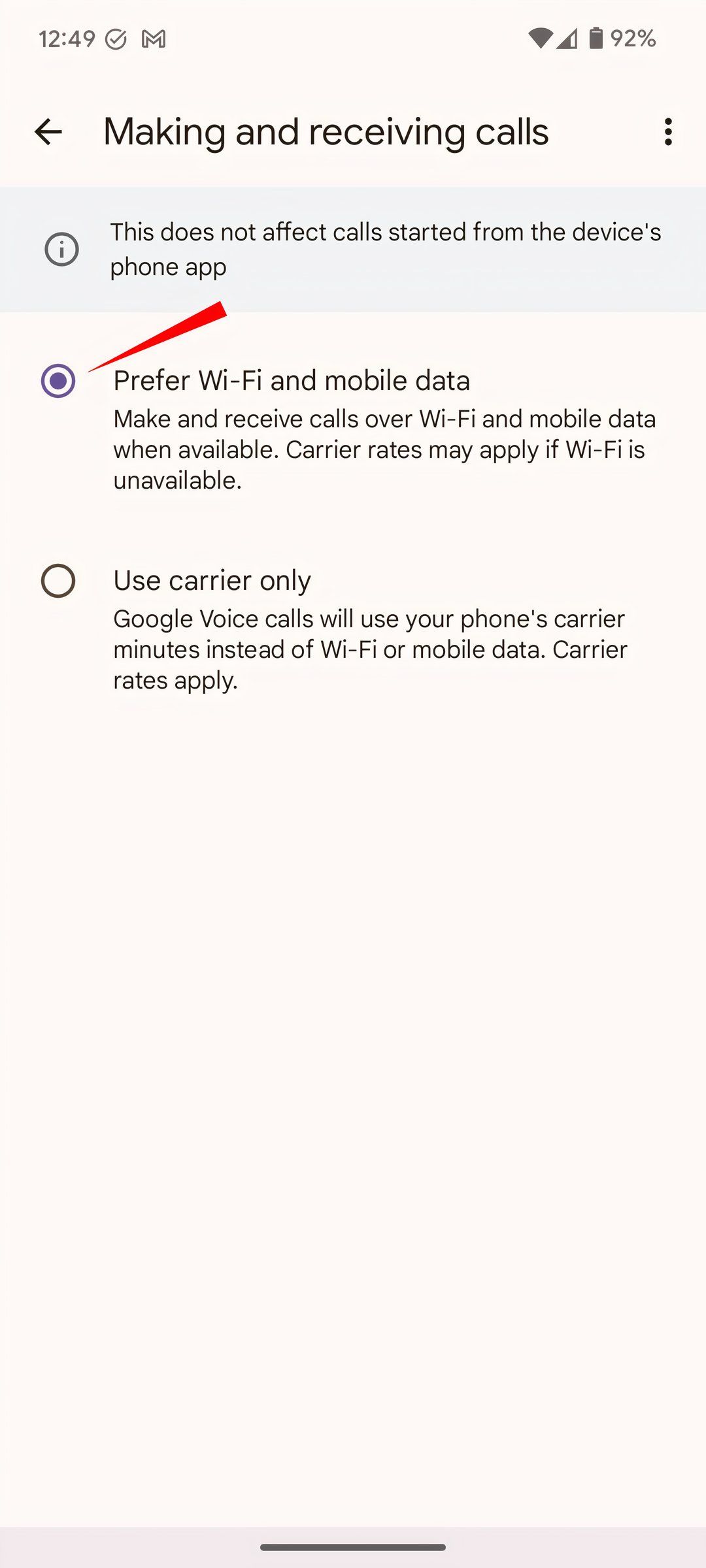
I would also suggest opening the VVM’s Data Usage screen and making sure that Cellular or Mobile Data and Allow Background Data Usage options are enabled.
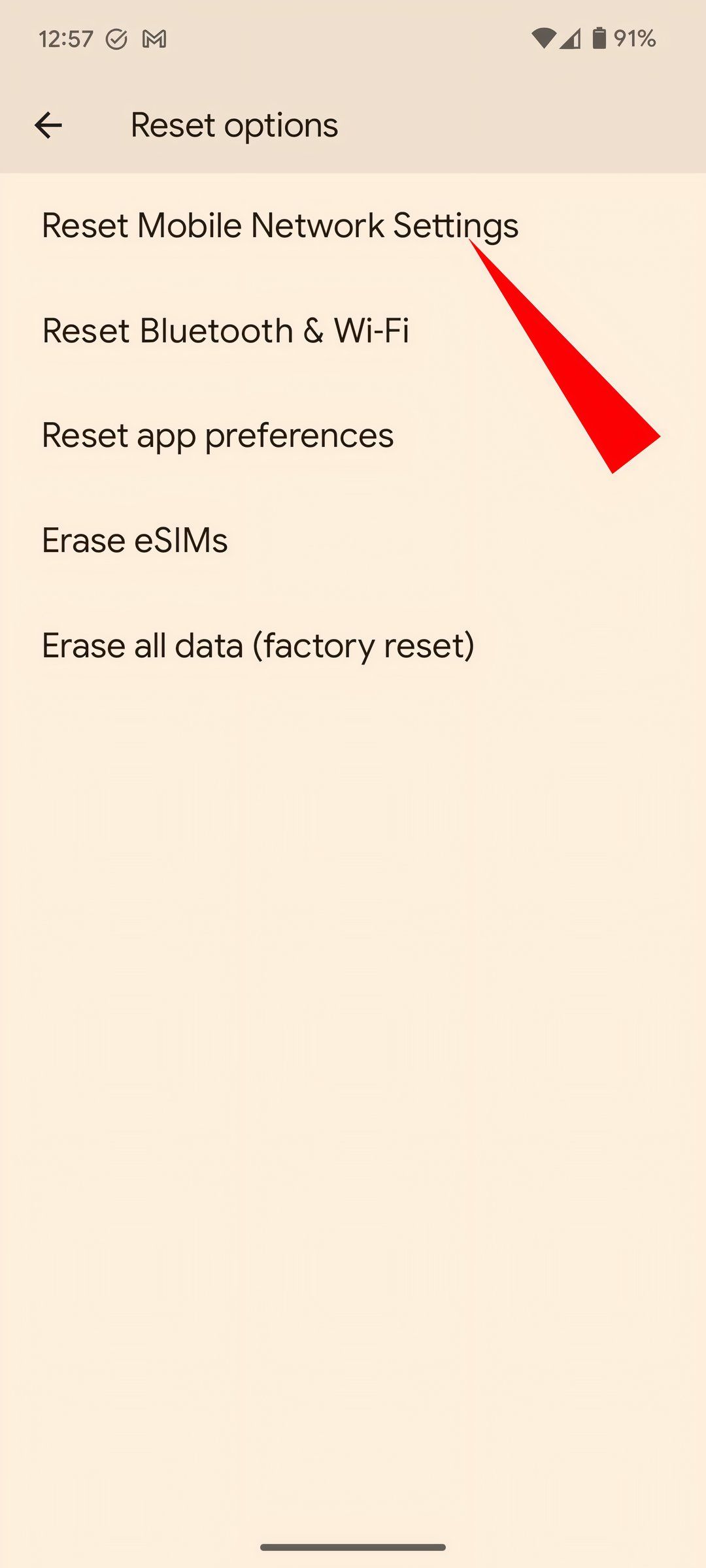
You might also try resetting the phone’s network settings (Settings > System > Reset Options). Doing so will remove all stored data (like usernames and passwords) associated with the networks you’ve used and give you a fresh start with reconnecting your VVM.
Make some space. The problem could be as simple as your voicemail being full.
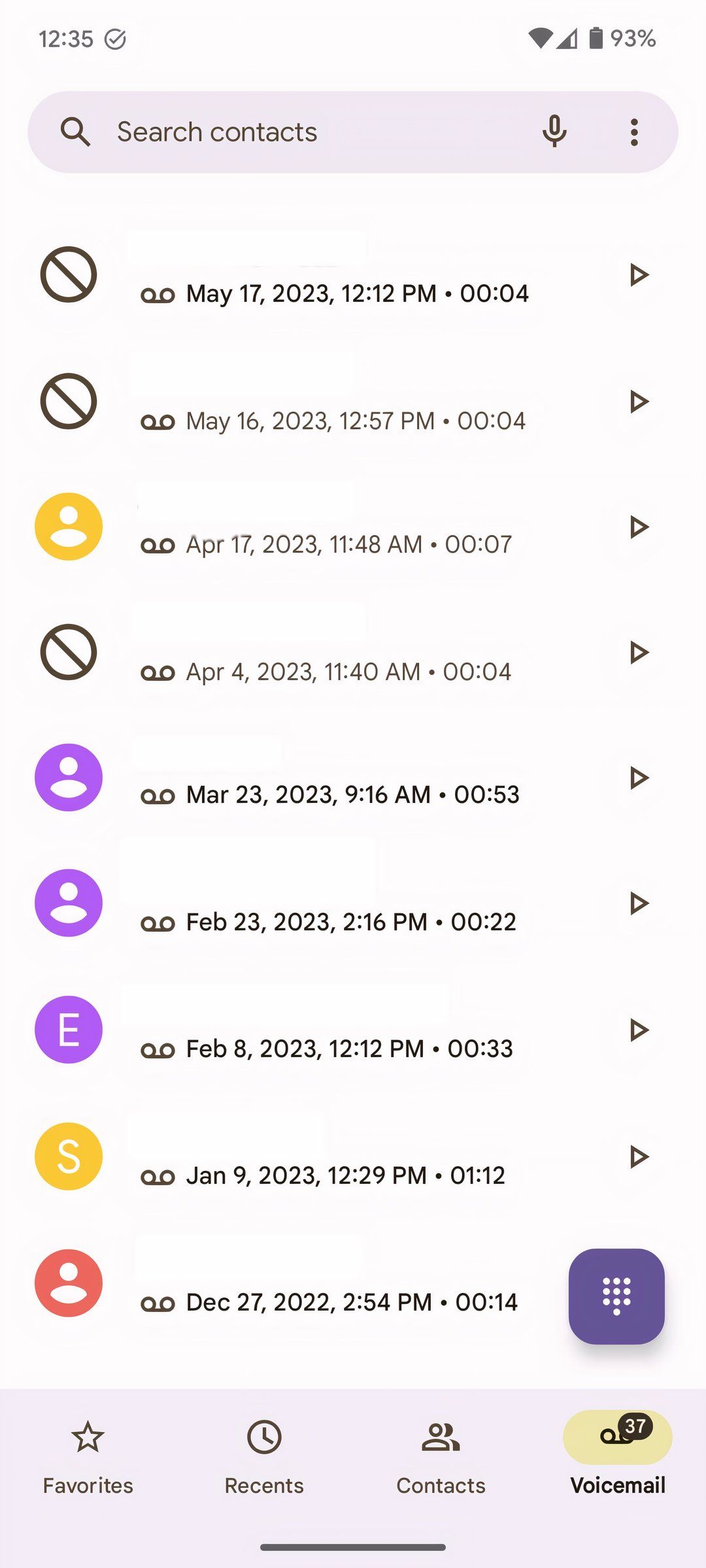
Archive any old messages you don’t actively need to access.
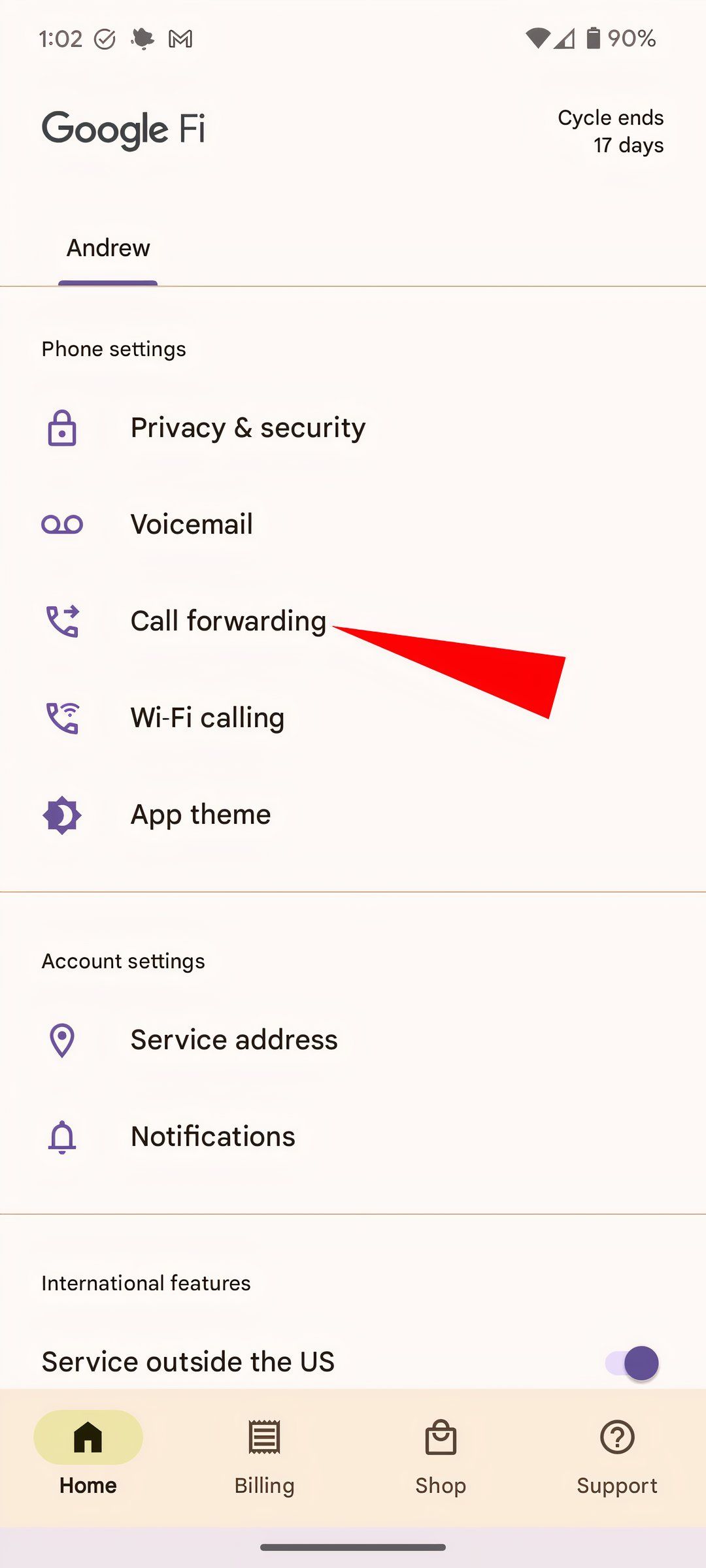
Call forwarding can also cause issues with VVMs, so turning it off might resolve your issue. For me, call forwarding is handled through the Google Fi app through the “Call forwarding” option on the home screen.
The Nuclear Option
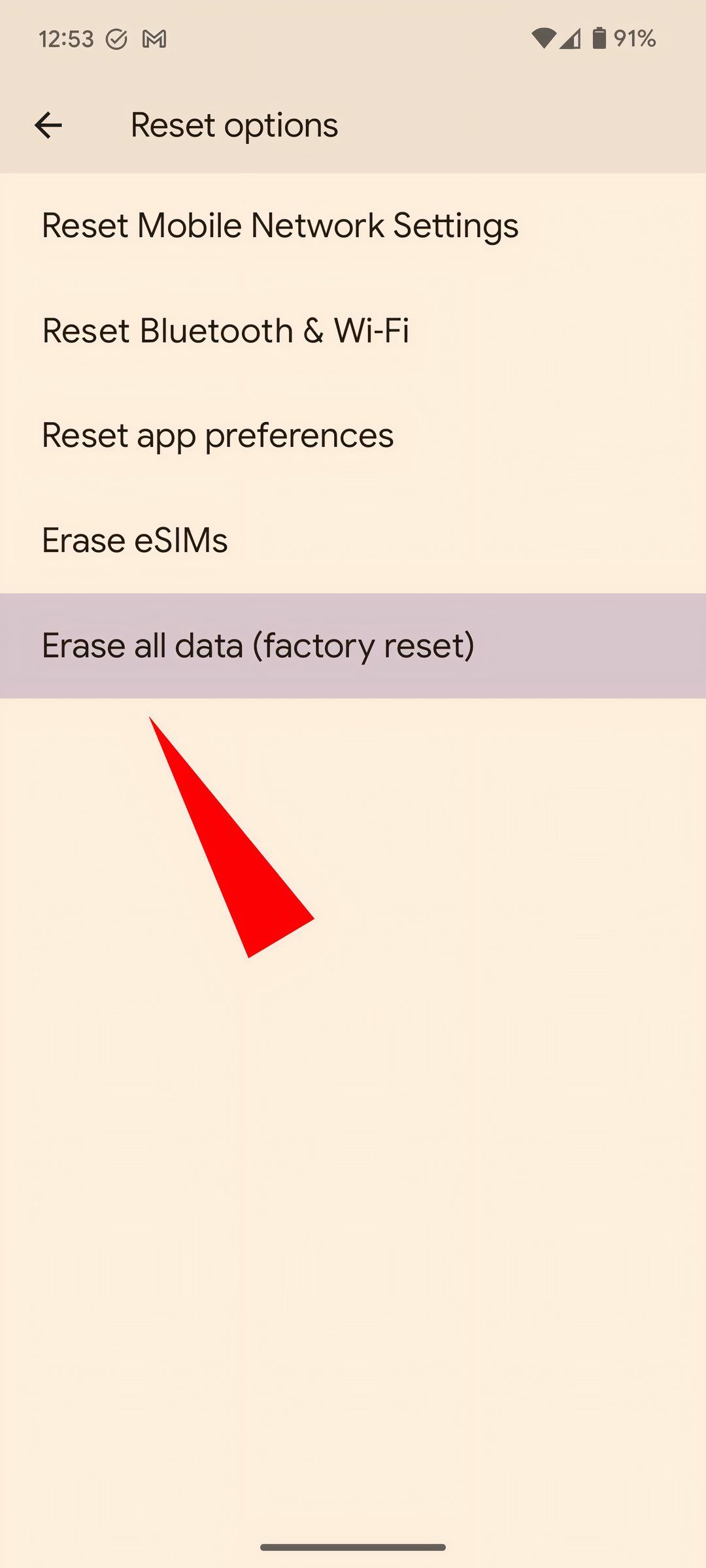
If you’ve worked through the above suggestions and still cannot get your VVM working properly, you may have to take drastic action and factory reset your phone (Settings > Syste > Reset Options). If you decide to do so, be sure that you’ve backed up all of your photos, videos, and other important data before you initiate the system wipe. Should that fail, cut your losses and take it to your carrier’s service department for an expert diagnosis.



